The Celebration of
The Initiation of Free Light-Imagery
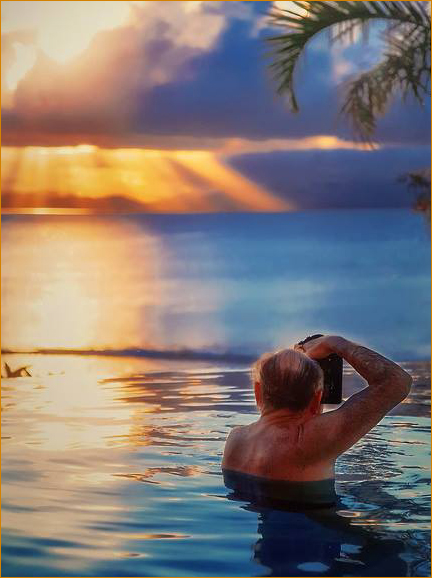
Every year in the Sacred Calendar of Adidam, Da Image-Art — the Sovereign-Avataric Holy Month of June — honors Avatar Adi Da's Gift to the world of His "Bright"-Field Imagery, or His Revelation of Reality as Indivisible Light through the medium of His Divine Image-Art. Avatar Adi Da's Divine Image-Art is the visual equivalent of His Written Teaching.
Adi Da conducted artistic experiments throughout His lifetime, starting as a child. You can visit an exhibition of His early art here.
In October 1998, Avatar Adi Da Samraj began to focus on His artistic Work with great intensity. Having already created a very full written Teaching, He began to develop pre-verbal — artistic — means to picture the complex (and ultimately single) nature of Reality. The longterm result was His Image-Art as we know it today, which is the visual equivalent of His written Teaching.
In late June 2000, while walking in the California redwoods near Tat Sundaram Hermitage, Avatar Adi Da was moved to make a crucial change in His Artistic Process. He began to allow more freedom in His use of the camera.
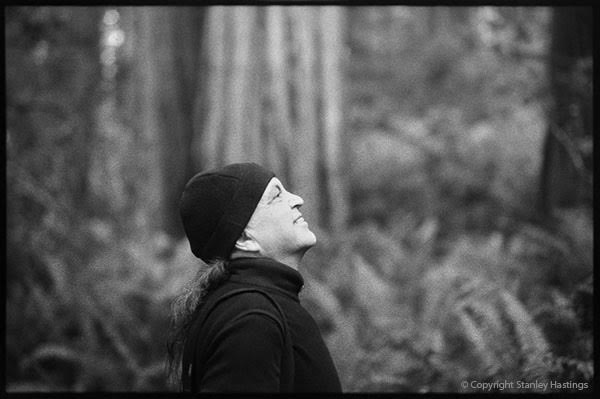
On the occasion of the Initiation of Free Light-Imagery
Lady Bird Johnson Grove (Orick, CA), June 22, 2000
(click photo for enlargement)
On June 22, 2000, Avatar Adi Da Samraj initiated an essential breakthrough in the use of the camera for communicating the actual nature of Reality. Leaving the camera shutter open for long periods of time while moving His camera through space, Bhagavan Adi Da Samraj created a series of "Bright Field" Images. The result was that the subjects of His Images — the forest and the devotees with Him — were no longer recognizable as defined objects, but were imbued with a great influx of light and motion.[1]
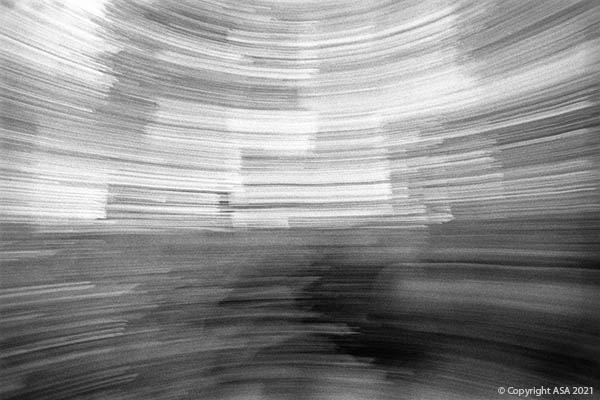
One of the images made by Avatar Adi Da Samraj on June 22, 2000
Published in the Divine Image-Art Calendar, 2020
(click image for enlargement)
|
From the conventional point of view, a photographer makes pictures of conventional reality — of light falling on objects, as if the solid reality were the only reality. But neither the fixed separate point of view nor the apparently solid objective world is the Fundamental Reality. The Divine Conscious-Light Is the Fundamental Reality of Existence. Principally, I am not working with photography as it is, but I want to go beyond its limiting conventions in such a way that I can convey to the viewer a feeling for the inherently Bright Field of reality and a sense of transcending subject-object perception — by conveying the feeling of arising forms as modifications of Fundamental Conscious-Light. Avatar Adi Da Samraj |
Therefore, June 22 (concluding on June 24) is the moment of our annual Celebration of the Divine Leela of the Avataric Artwork of Adi Da Samraj — the anniversary of the day when Avatar Adi Da made this shift in His Image-making.
Adi Da called that shift in His Image-making an "Initiation" because His insights in June, 2000, were only the beginning of an ongoing process which would yield many further discoveries combining artistic/photographic technique with the purpose of Transcendental-Spiritual Revelation. These discoveries and insights include:
- the craft of creating Image-Art that is a "paradoxical space", undermining egoic "point of view" (through "Bright Field" Imagery, through aperspectival art, through perfect abstraction, etc.)
- the ego-transcending ordeal of making right and true art, by becoming the egoless servant of Reality Itself, Truth Itself, and The Beautiful Itself.
- the use of certain camera techniques to communicate the "Bright Field" of Reality Itself (the June 2000 insights about "Bright Field" Imagery, the use of underwater imagery to show human beings who are “one with the water itself”, etc.)
- the value of "monumental scale" of art in overwhelming the egoic viewer.
- Adi Da's shift (in early 2006) to working entirely in the digital medium.
- the significance of creating aperspectival (and anegoic) Image-Art (always rooted in the "foreground").
- the "perfect abstraction" craft of removing all recognizable "objects" from the work, to forestall the ego from "interpreting" the work. How to create images that exist within the plane of meaning, but between and beyond both representation and abstraction — meaningful but not recognizable.
- the primacy of certain geometric forms in the hierarchy of conditional manifestation, and their use in constructing the "Geome" component of the Image-Art.
- The "Linead" component as a visual (and balancing) polar opposite of the "Geome" in the Image-Art.
- the use of an "Orphic font" alphabet as the "root-system" (prior to creating Geome and Linead components) in constructing Image-Art.
- a precise description of the discipline (and ritual) of ecstatic (and silent) participation that the viewer of His work must engage in order for there to be no mediator (neither "self" nor "other") and in order for the viewer to become "the surface space of the Image-Art", and be fully transformed by the Image-Art's Revelation. This is the "authentic artistic discipline of Truth Itself, Beauty Itself, and Reality Itself".
- a critical appreciation of other artists who consciously attempted to create spiritual works (including Kandinsky, Mondrian, etc.)
- a critical appraisal of present-day culture and art within that culture (which reflects and expresses egoity, rather than transcending it).
- and much more.
Below are just a few examples of His later works, drawn from a body of work comprised of tens of thousands of pieces altogether. For much more about Adi Da's Image-Art and Photography, click here.
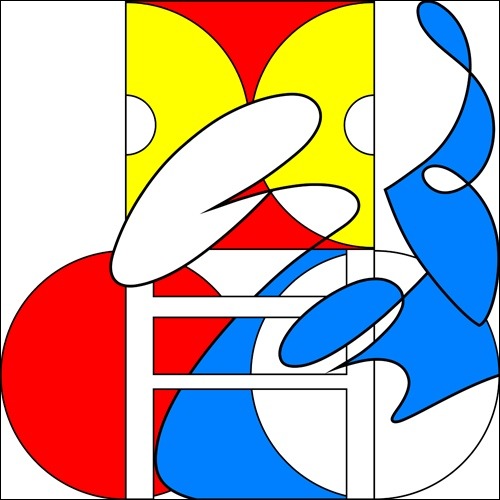
Eurydice One: The Illusory Fall of The Bicycle Into The Sub-Atomic Parallel Worlds of Primary Color and Point of View – Part Three: The Abstract Narrative In Geome and Linead – I, 2 (second panel) (from Linead One), 2007, 2008
Return to CELEBRATIONS
|
[1]
|
It is important to note that the breakthrough being described here is a Spiritual-artistic breakthrough. Obviously there have been other photographers using similar techniques (using open camera shutters) for their own conventional purposes. But Avatar Adi Da is a Spiritual Realizer Who specifically used photographic and artistic techniques for the purpose of creating art that Transmits Spiritual Revelation. His initial breakthrough was in realizing that these particular camera techniques were capable of serving that greater purpose of Spiritual Revelation. |
|
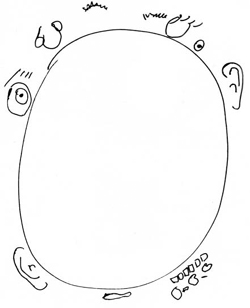

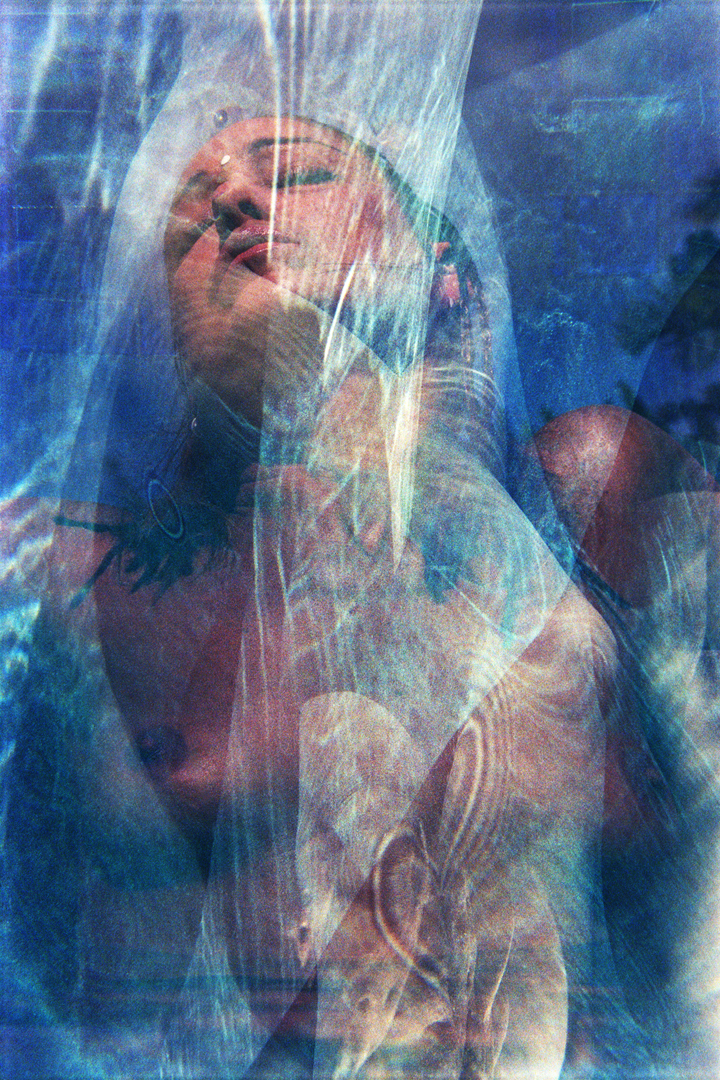
Suzanne H. - Portland, Oregon, United States
(Sent Sunday, June 27, 2021 8:40PM)